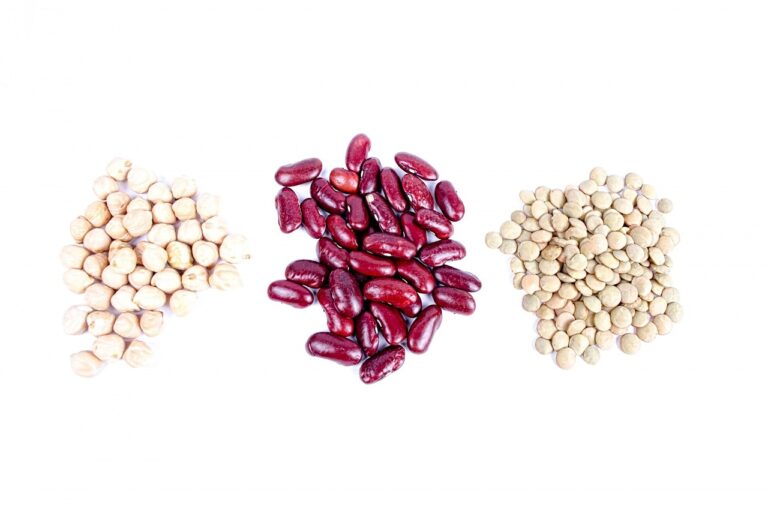The Role of Traditional Chinese Medicine in Modern Healthcare
Traditional Chinese Medicine (TCM) traces its roots back thousands of years, evolving from ancient Taoist philosophy and the observation of nature’s patterns and relationships. The fundamental principles and practices of TCM were developed through centuries of experimentation, observation, and refinement, culminating in a comprehensive system of healthcare and healing that continues to be practiced worldwide today.
The origins of TCM can be attributed to legendary figures such as the Yellow Emperor, Huang Di, who is believed to have reigned during the 27th century BCE. Huang Di’s contributions, recorded in the foundational text Huang Di Nei Jing (The Yellow Emperor’s Inner Canon), established the theoretical framework and diagnostic methods that form the basis of TCM. Additionally, the contributions of other scholars, physicians, and practitioners throughout Chinese history have enriched and expanded the knowledge and techniques of traditional Chinese medicine, creating a rich and diverse system of healthcare that continues to adapt and modernize in response to contemporary needs.
Key Principles of Traditional Chinese Medicine
Traditional Chinese Medicine is based on the principles of Yin and Yang, which represent the opposing forces in the universe that must be balanced for optimal health. According to this principle, when Yin and Yang are in harmony within the body, a person experiences good health, but when they are out of balance, illness and disease can occur. Practitioners of Traditional Chinese Medicine work to rebalance Yin and Yang through various techniques such as acupuncture, herbal medicine, and Qi Gong.
Another key principle of Traditional Chinese Medicine is the concept of Qi, which is the vital energy that flows through the body along meridian channels. It is believed that when Qi is blocked or weakened, health problems arise. Acupuncture and other TCM practices aim to restore the flow of Qi and remove any blockages to promote healing and well-being. By understanding and applying these fundamental principles, practitioners of Traditional Chinese Medicine strive to address the root causes of illness and support the body’s natural ability to heal itself.
Common Practices in Traditional Chinese Medicine
Traditional Chinese Medicine utilizes a range of common practices to restore balance and harmony within the body. Acupuncture is a well-known technique that involves inserting thin needles into specific points on the body to stimulate energy flow. This ancient practice is believed to help alleviate various health issues by rebalancing the body’s energy pathways.
Herbal medicine is another common practice in Traditional Chinese Medicine. Practitioners often prescribe a combination of herbs tailored to the individual’s specific condition. These herbs are selected based on their properties and the unique needs of the patient. Herbal medicine is used to treat a wide range of ailments, from common colds to chronic conditions, and is an integral part of Traditional Chinese Medicine practice.
• Acupuncture is a well-known technique that involves inserting thin needles into specific points on the body
• Stimulates energy flow to alleviate various health issues by rebalancing the body’s energy pathways
• Herbal medicine is another common practice in Traditional Chinese Medicine
• Practitioners prescribe a combination of herbs tailored to the individual’s specific condition
• Herbs are selected based on their properties and unique needs of the patient
• Used to treat a wide range of ailments, from common colds to chronic conditions
What are the origins of Traditional Chinese Medicine?
Traditional Chinese Medicine has its roots in ancient Chinese philosophy and has been practiced for over 2,500 years.
What are the key principles of Traditional Chinese Medicine?
The key principles of Traditional Chinese Medicine include the concepts of Yin and Yang, the Five Elements, Qi (vital energy), and the balance of the body’s internal systems.
What are some common practices in Traditional Chinese Medicine?
Some common practices in Traditional Chinese Medicine include acupuncture, herbal medicine, cupping therapy, moxibustion, and tai chi.
How does acupuncture work in Traditional Chinese Medicine?
Acupuncture involves inserting thin needles into specific points on the body to stimulate the flow of Qi and restore balance to the body’s energy pathways.
What is cupping therapy in Traditional Chinese Medicine?
Cupping therapy involves placing suction cups on the skin to create a vacuum effect, which is believed to promote blood flow and relieve muscle tension.
What is moxibustion in Traditional Chinese Medicine?
Moxibustion is a therapy that involves burning a herb called mugwort on or near acupuncture points to stimulate energy flow and promote healing.
What is tai chi in Traditional Chinese Medicine?
Tai chi is a form of martial arts that combines slow, flowing movements with deep breathing and meditation to promote relaxation, balance, and overall well-being.







